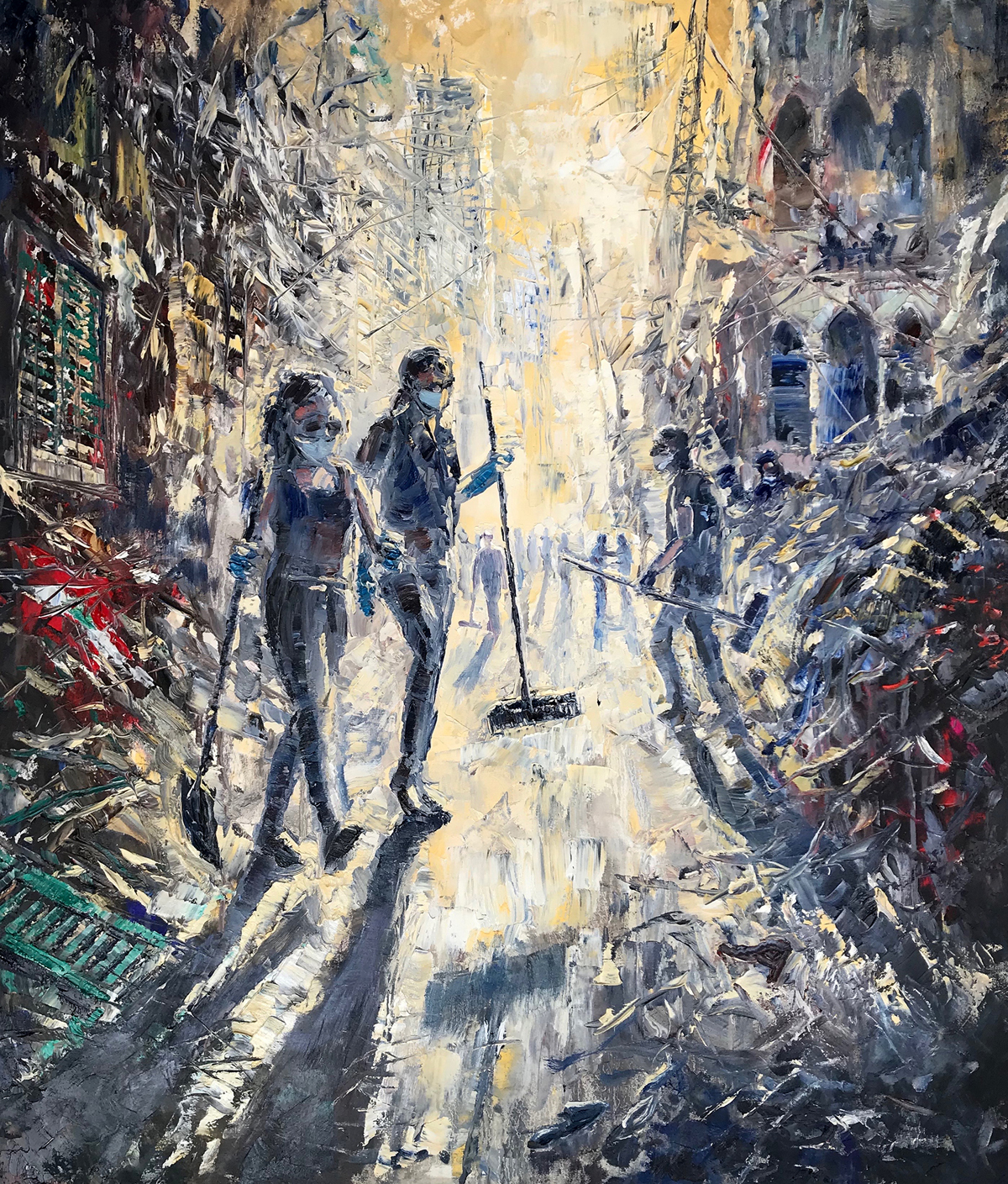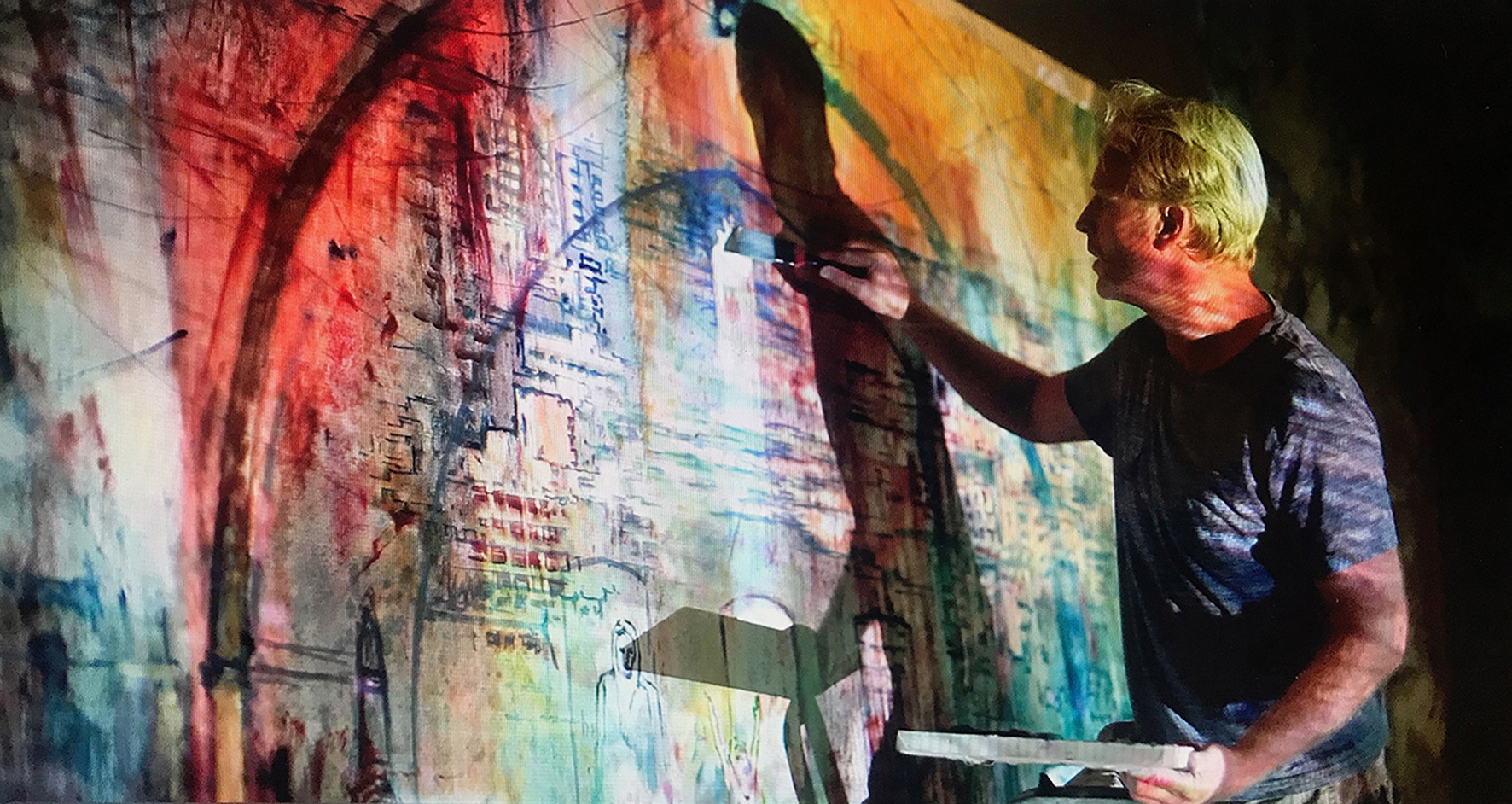Tom Young is no stranger to Lebanon. Having spent more than a decade living and working in Beirut, the respected British artist has developed a deep emotional connection to the country. We learn more about his journey through his incredibly moving and inspiring works of art.
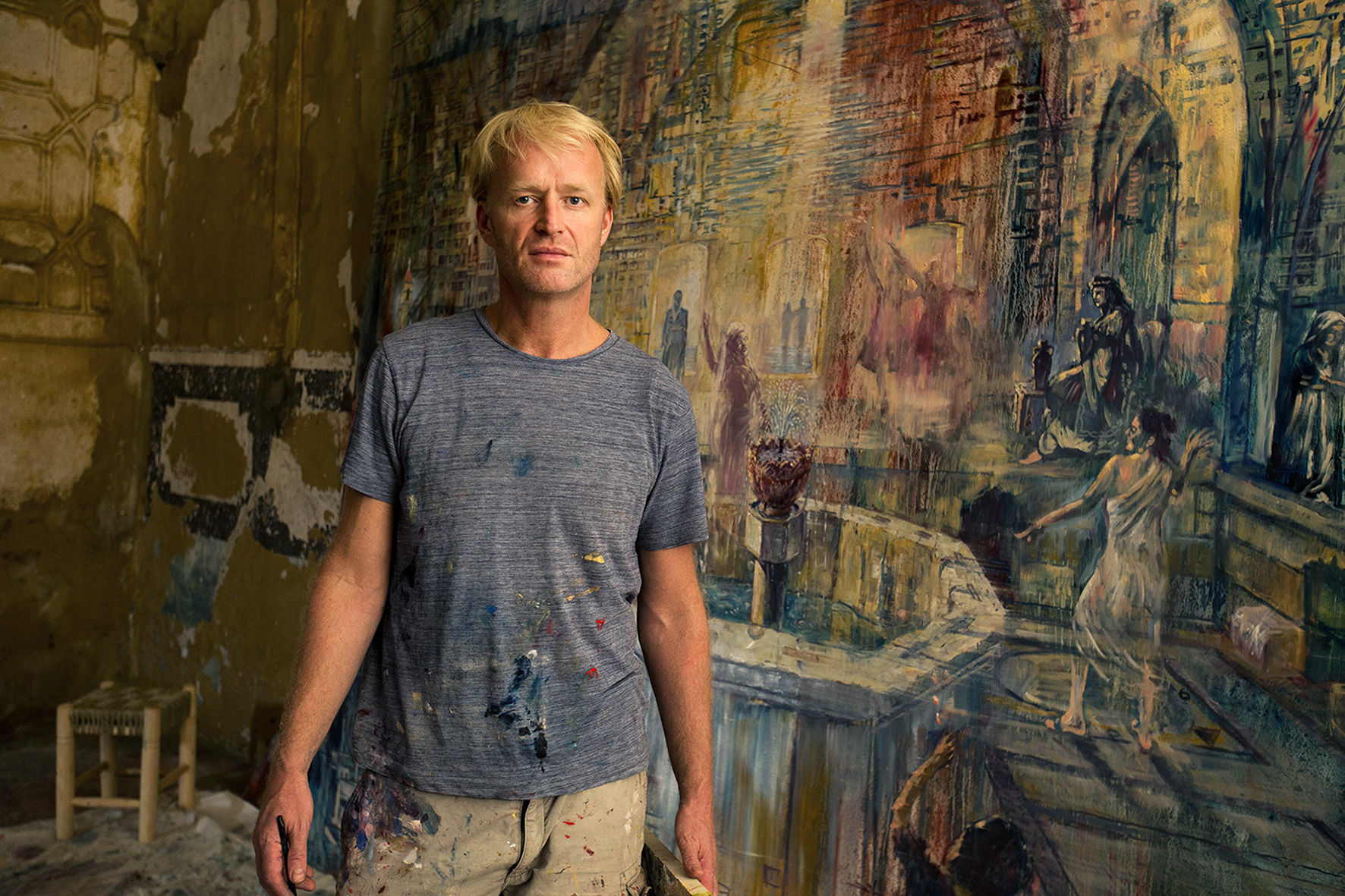 What brought you to Lebanon?
What brought you to Lebanon?
I have lived in Lebanon for eleven years. My first trip to Lebanon was in spring 2006 to do a commissioned landscape for my Lebanese car mechanic in London, Raed Zahraddine, who loved my paintings and wanted a painting of his home village Ain Anoub near Bechamoun. Having returned to do art workshops for children after the 2006 war, and then to paint in 2007 and 2008, I eventually moved to live in Lebanon in 2009 after the gallerist Aida Cherfan invited me to do an exhibition in Beirut.
I felt at home immediately and had a strong sensation that I had been here before. Somehow I already knew my way around. Having watched many news reports about the civil war, which were broadcast on British television almost every day when I was growing up, Lebanon had already been in my consciousness at a particularly tragic time in my own life; when I was 10, my mother died in traumatic circumstances, and we had suddenly moved away from my beloved childhood home. Then my grandfather and cat died shortly afterwards.
Why do you feel so attached to the country?
In Lebanon, I felt immediately understood and recognized — as if my memory of pain, loss and displacement had also been experienced by most Lebanese in a way that very few people in my own country had experienced. This is an emotional connection which transcends national identity. I see myself reflected in the scarred walls of the city and empty abandoned mansions. I aim to do what I can to give them life. I admire the resilience and spirit of people in Lebanon to recover from tragedy, and recognize something very familiar about that. And of course, there’s the kindness and generosity of people in Lebanon, the joy and celebration, music, art, delicious food and wine, the rich variety of beautiful landscapes and historic sites. There is a vibrant energy here which inspires me to paint unlike anywhere else in the world, and also an urgency to capture things before they go. For it is a place of transience and perpetual change. It is under threat from aggressive neighbors and self-serving local politicians. This unique treasure of culture and creativity must be valued and supported —now more than ever.
Martyrs’ Square Night
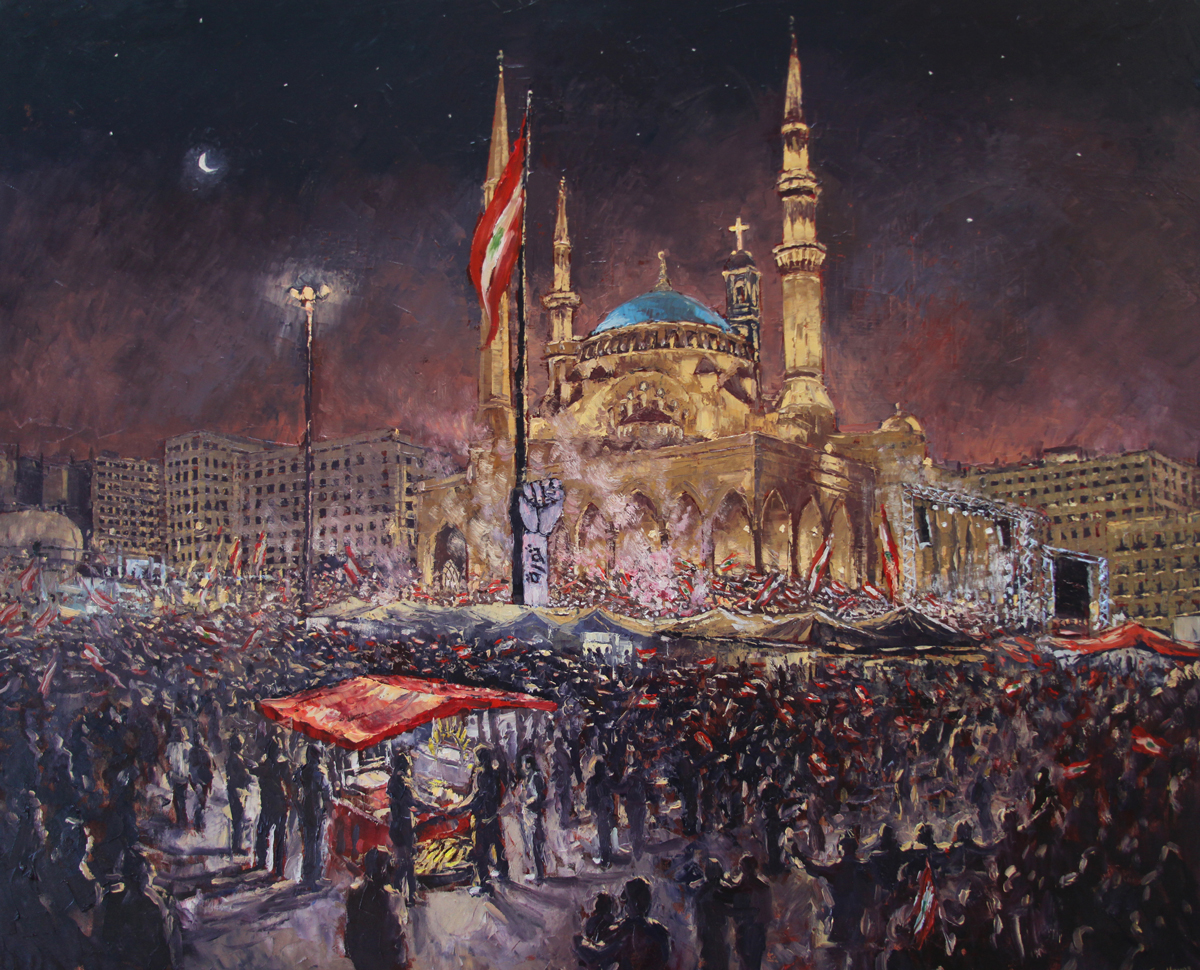
Bosta
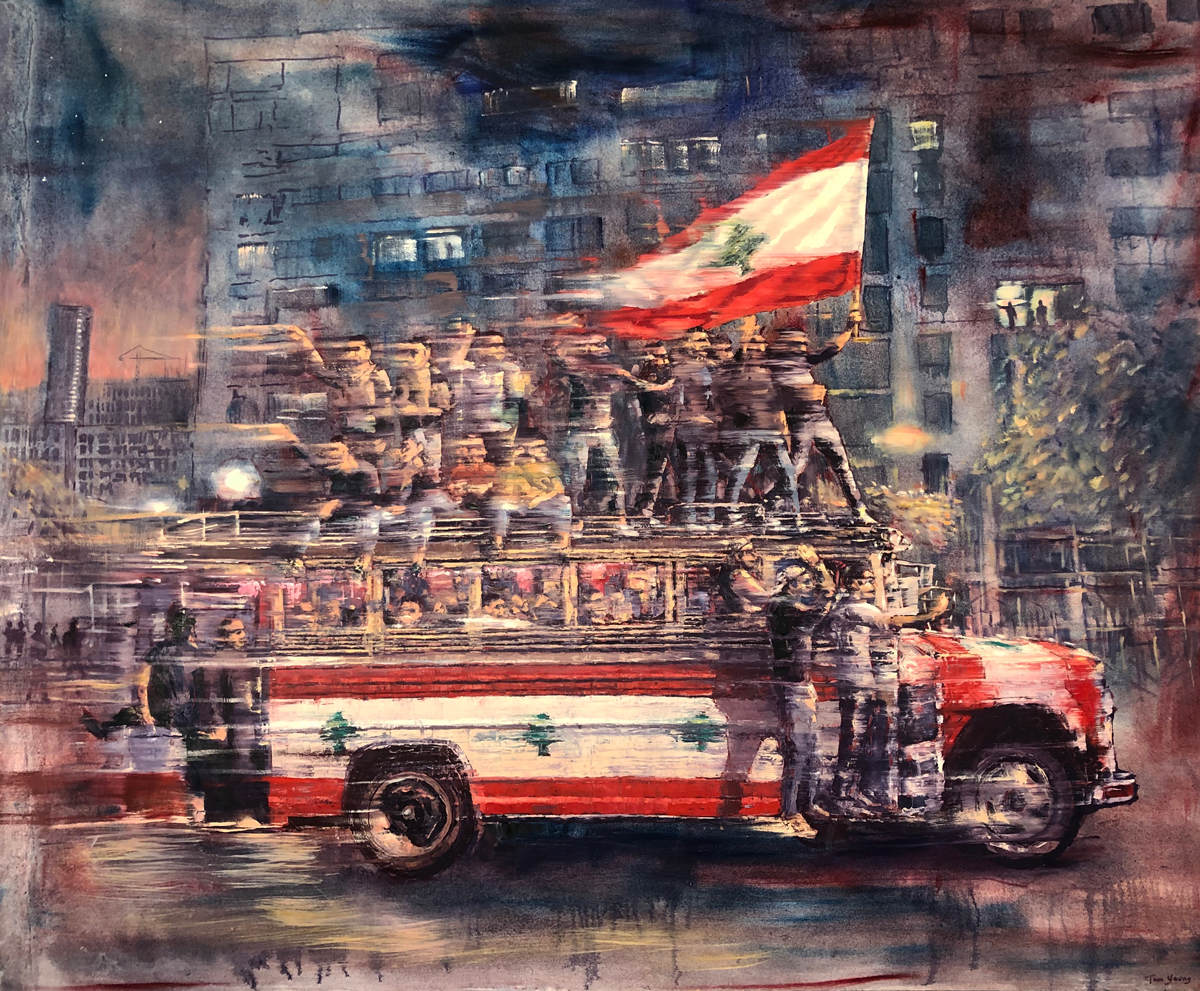
In October 2019 in Martyrs’ Square, I saw a crowd of young men riding a “bosta” painted in the colors of Lebanon. The sense of joy and celebration was inspiring, as was their extreme risk taking! I decided to paint this and release the image for Lebanese Independence Day on 22 November. As I was finishing the painting that morning, I saw that thugs were vandalizing the main protest site in Martyrs’ Square again and burning the “thawra” fist. Seeing this gave me greater conviction that I had to finish the painting and send it out on social media as a show of solidarity and resilience that no one can destroy the momentum and spirit which the ‘bosta‘ represents.
Asphyxiated City (Night)
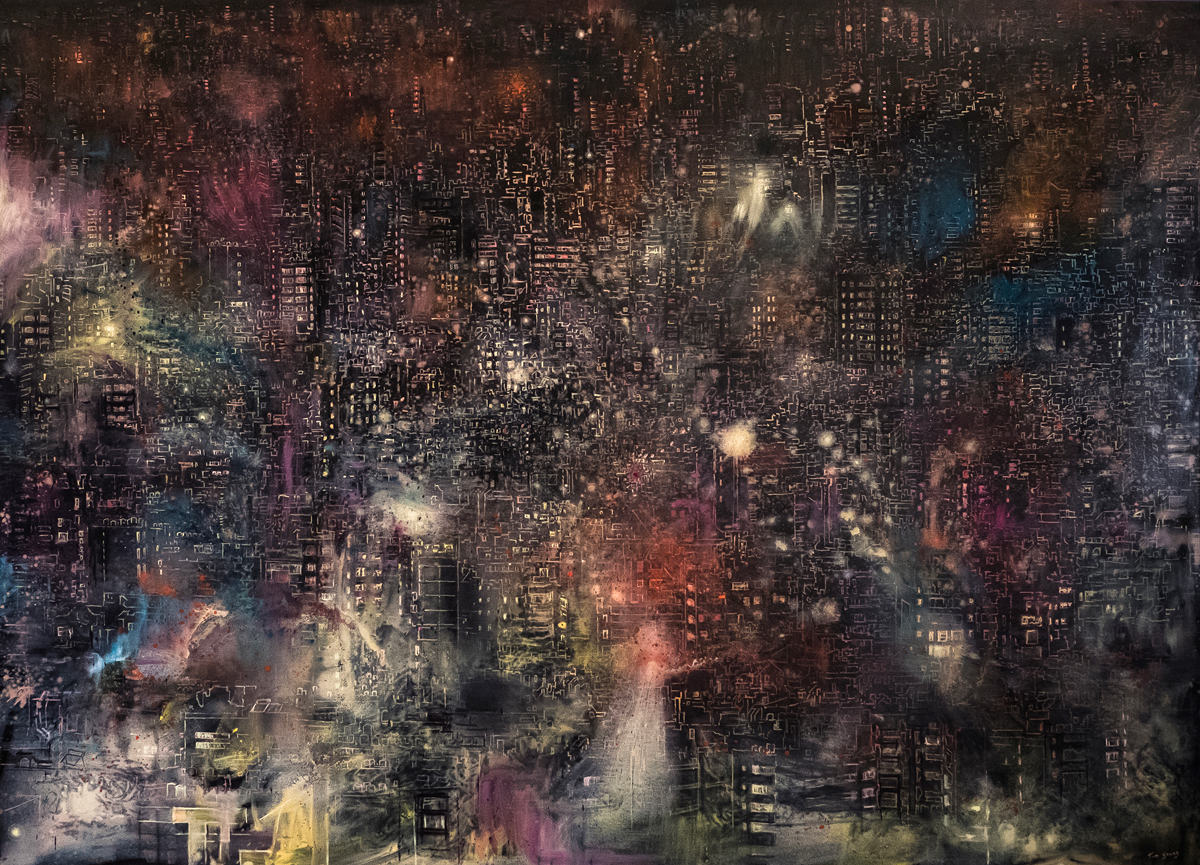
Babel
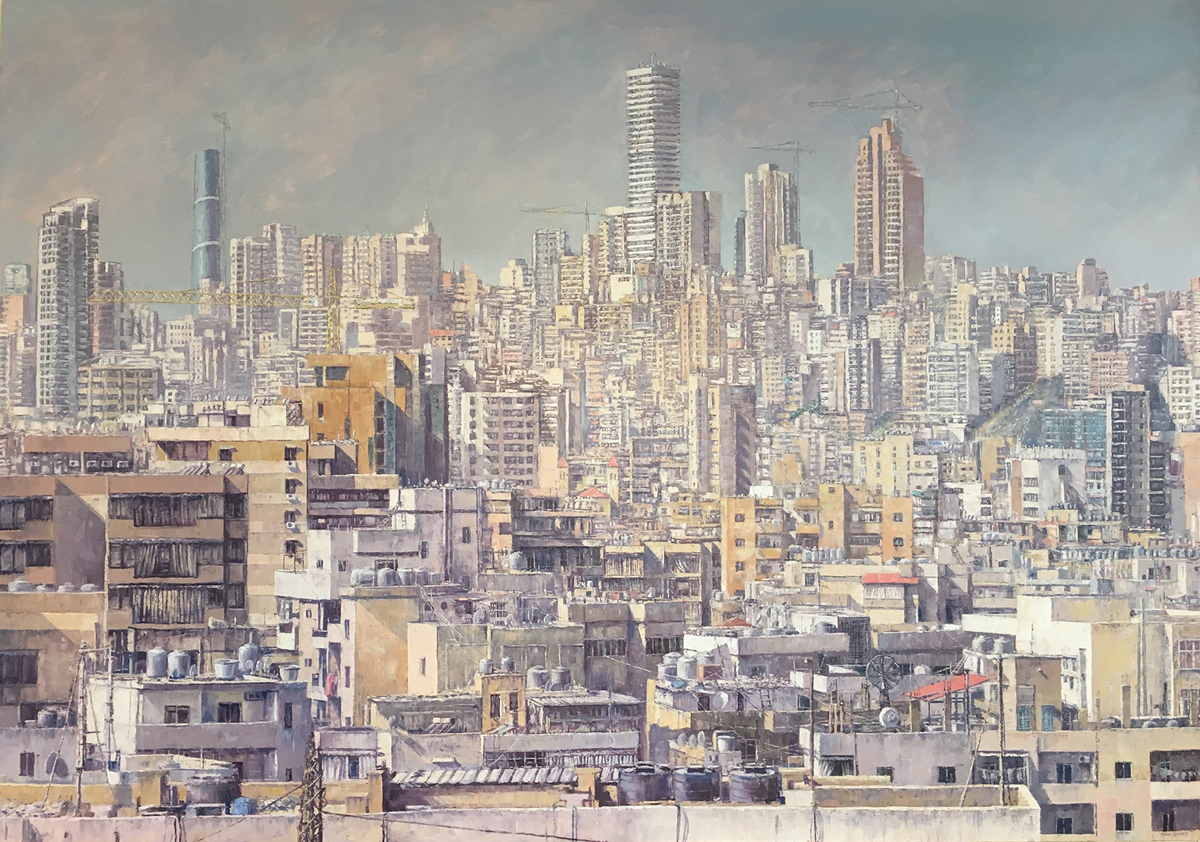
City Bloom
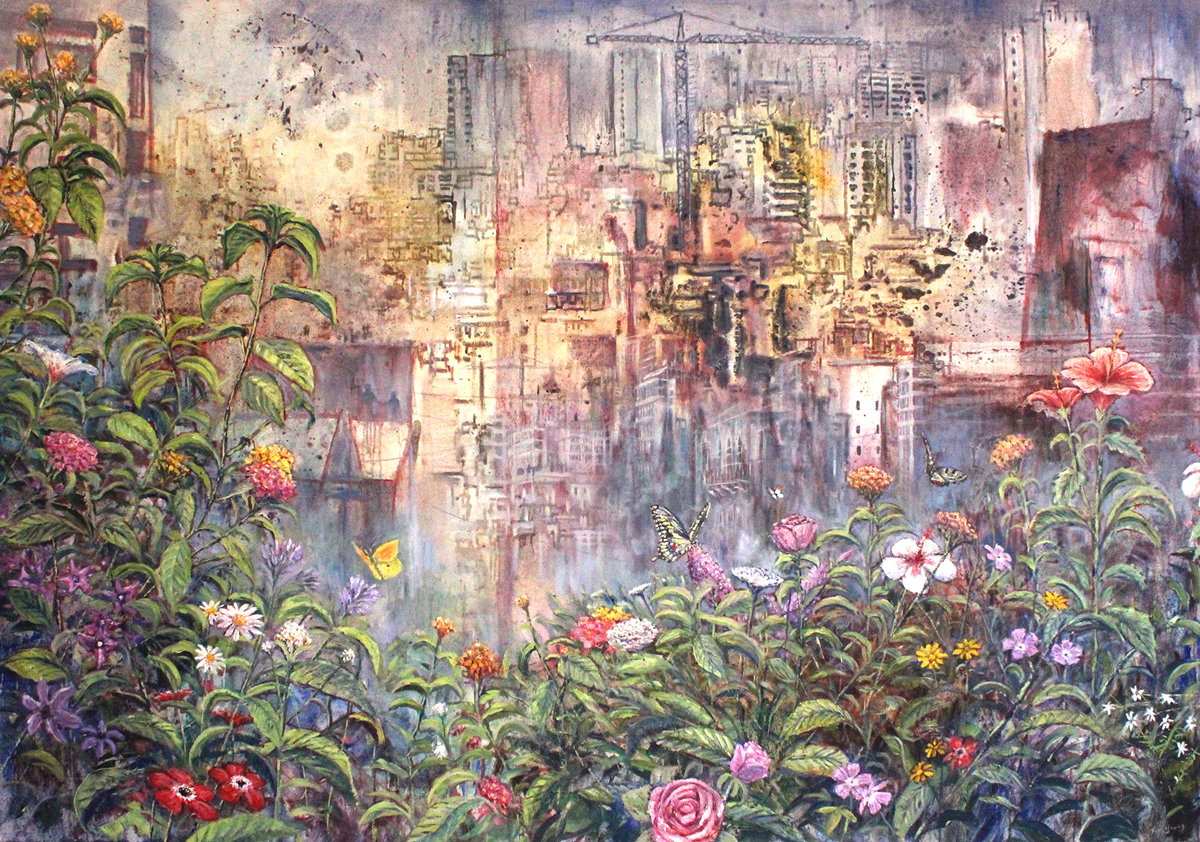
Corniche (Edge of the World)
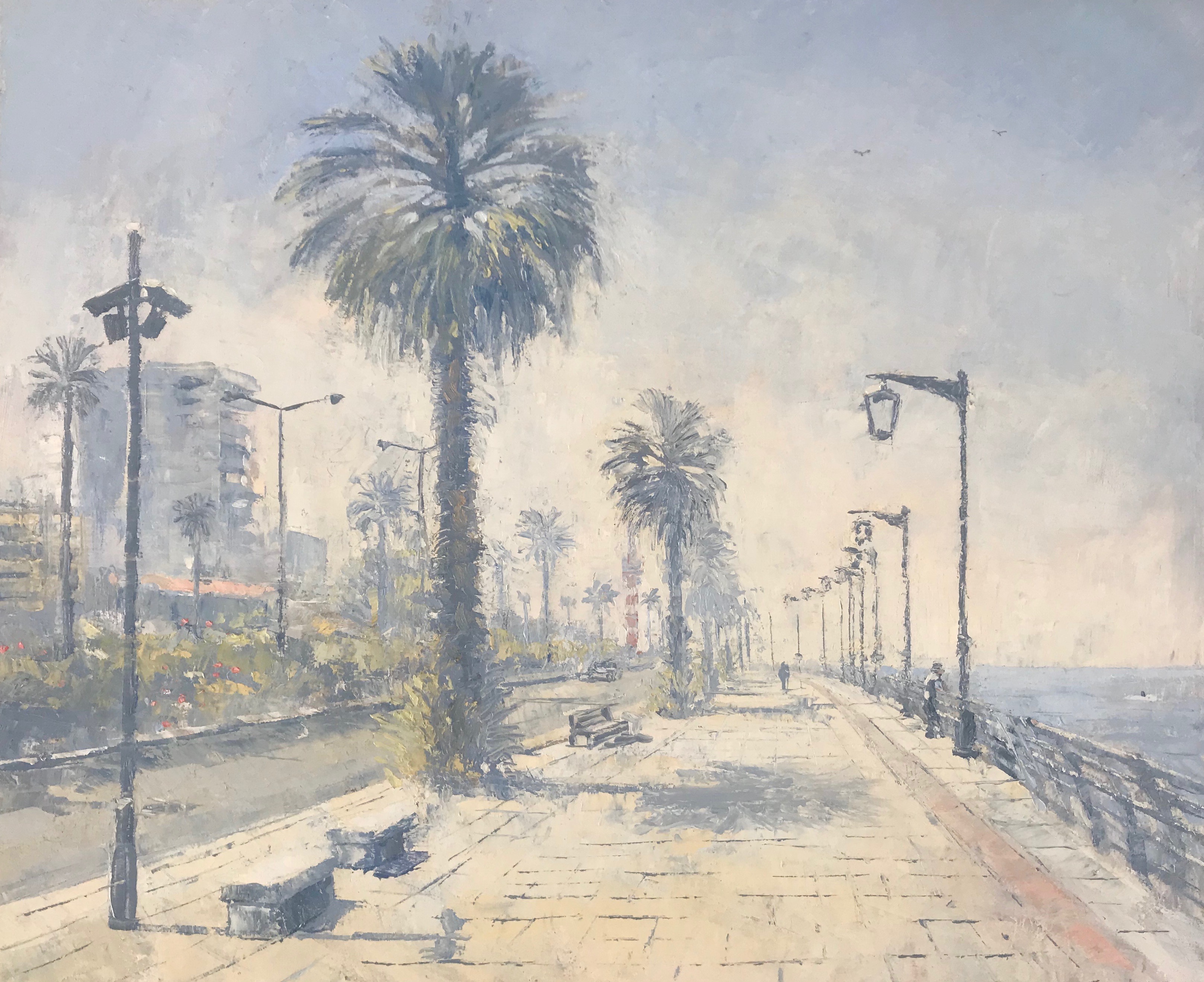
Desolation (Ground Zero Beirut)
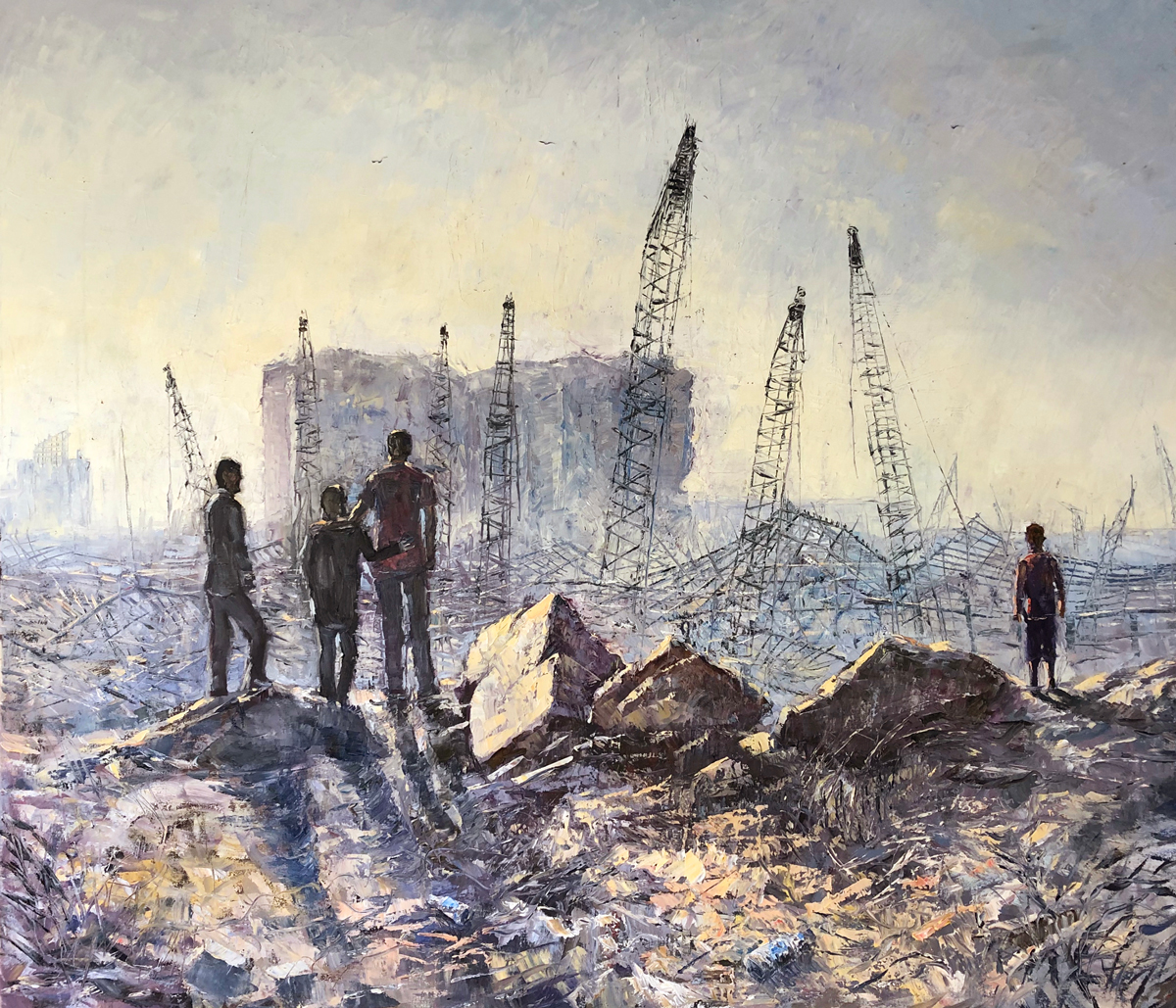
Paradiso Dream
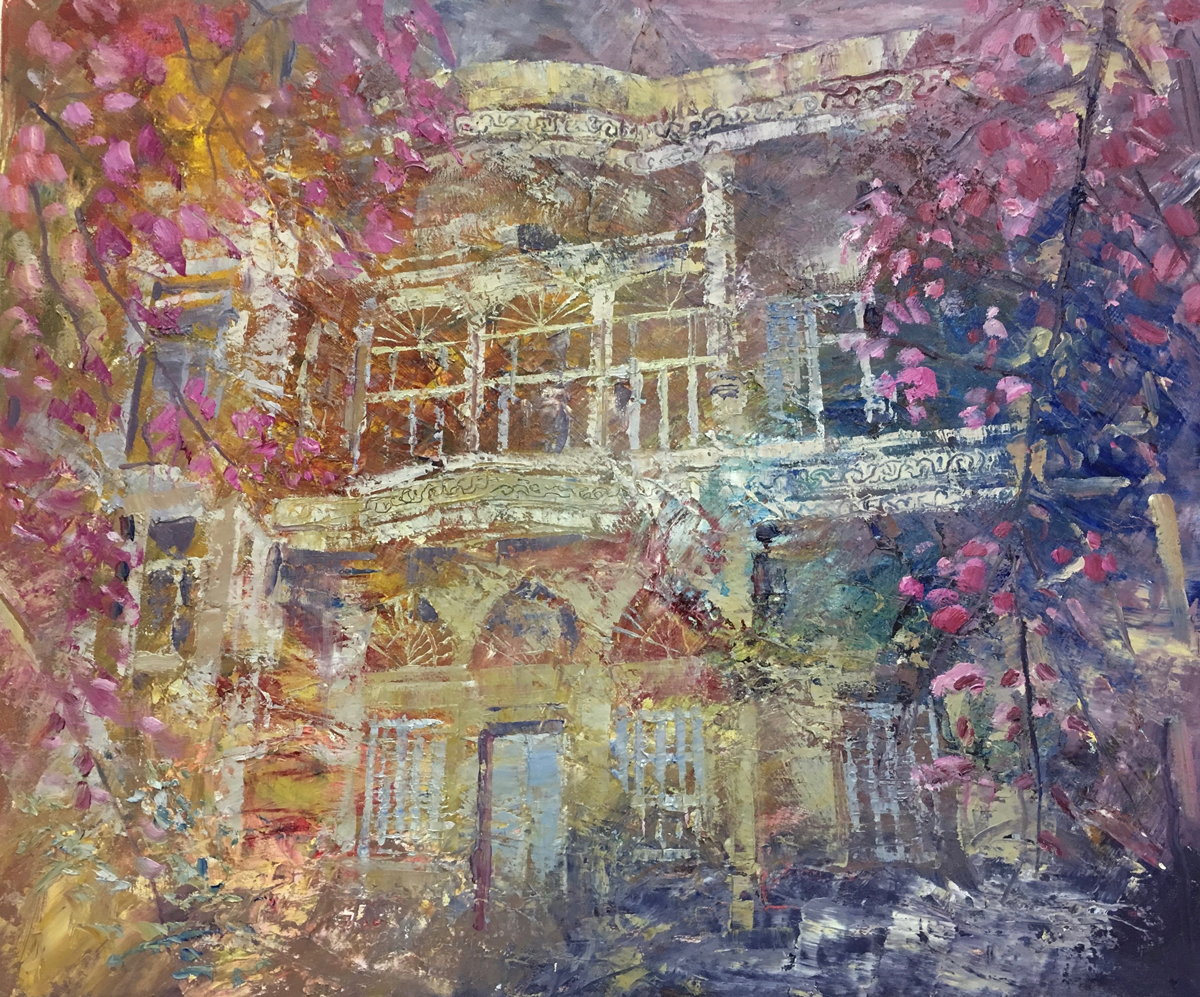
Rose Interior
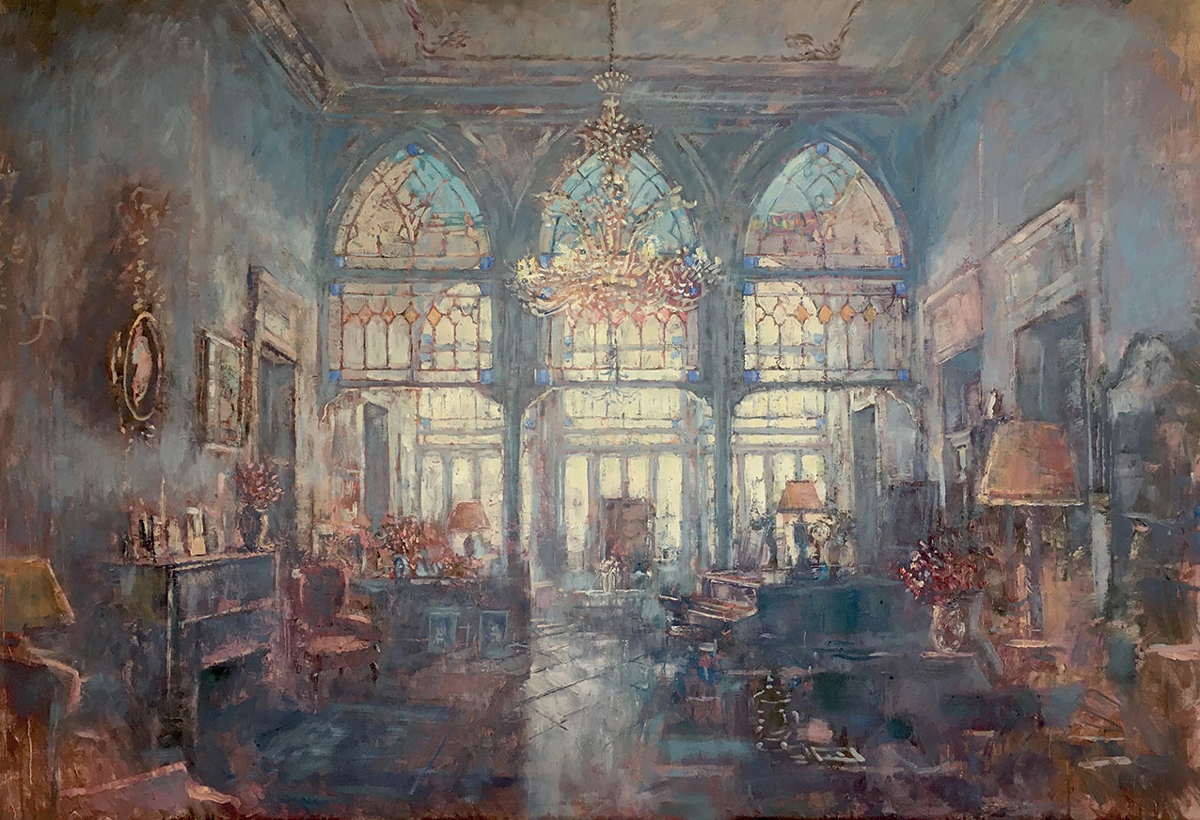
Survival
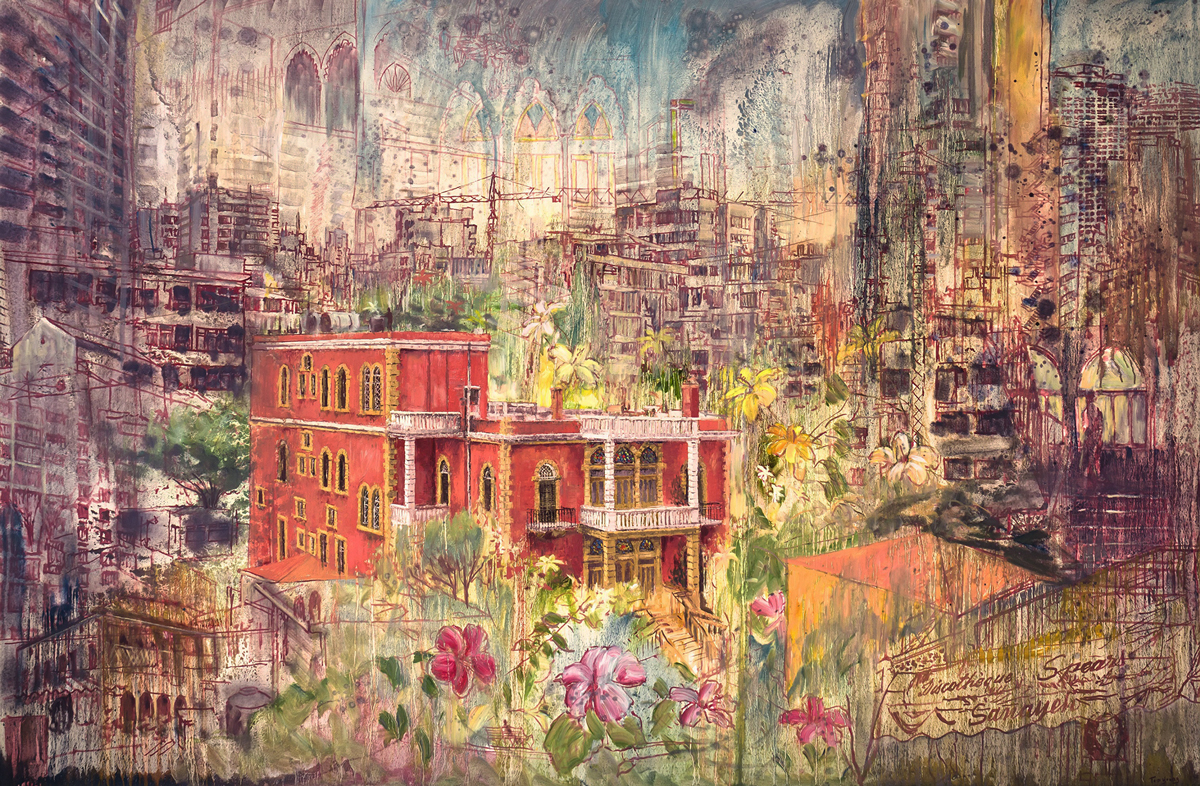
Zuqaq el Blatt
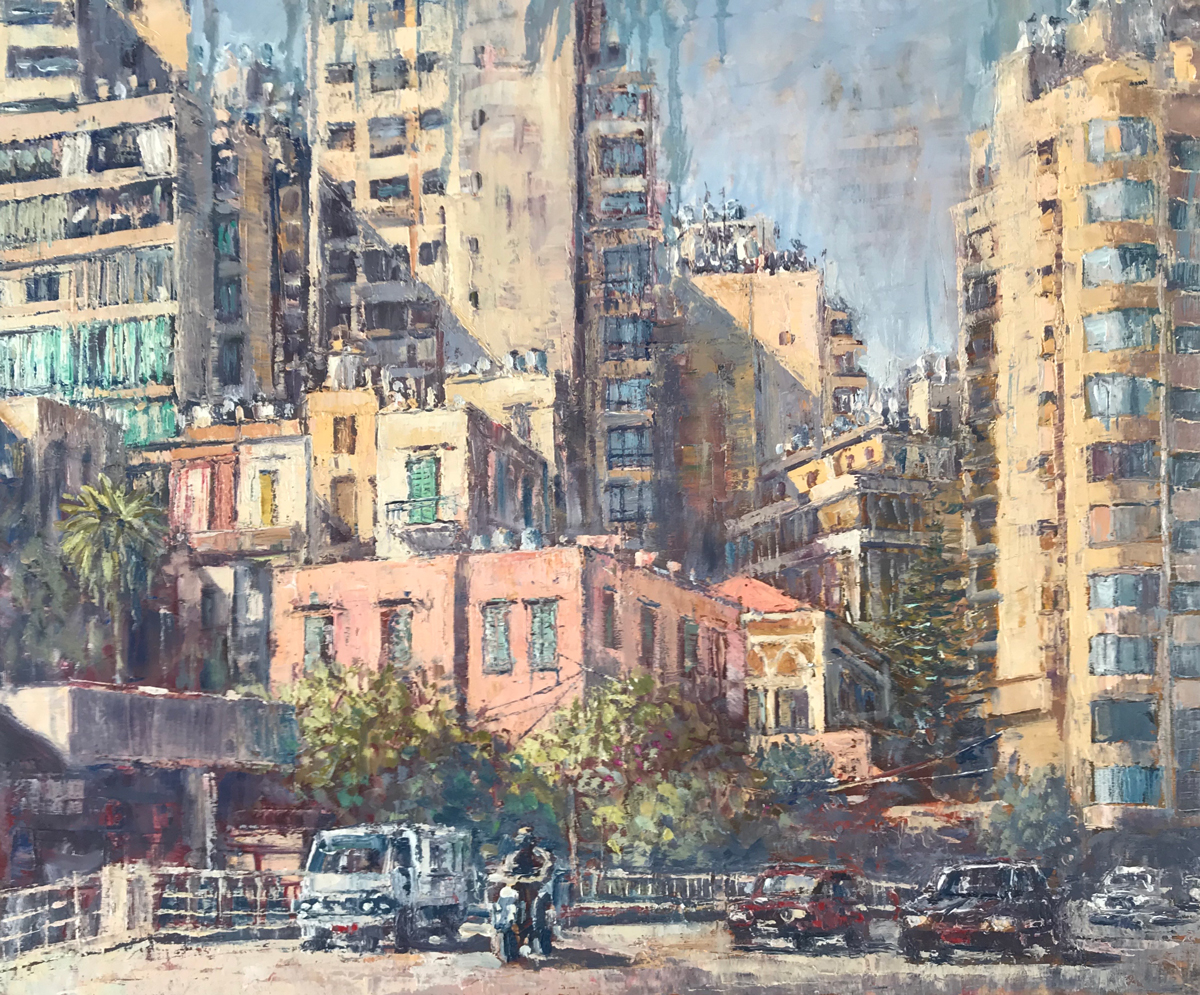
Starry Night
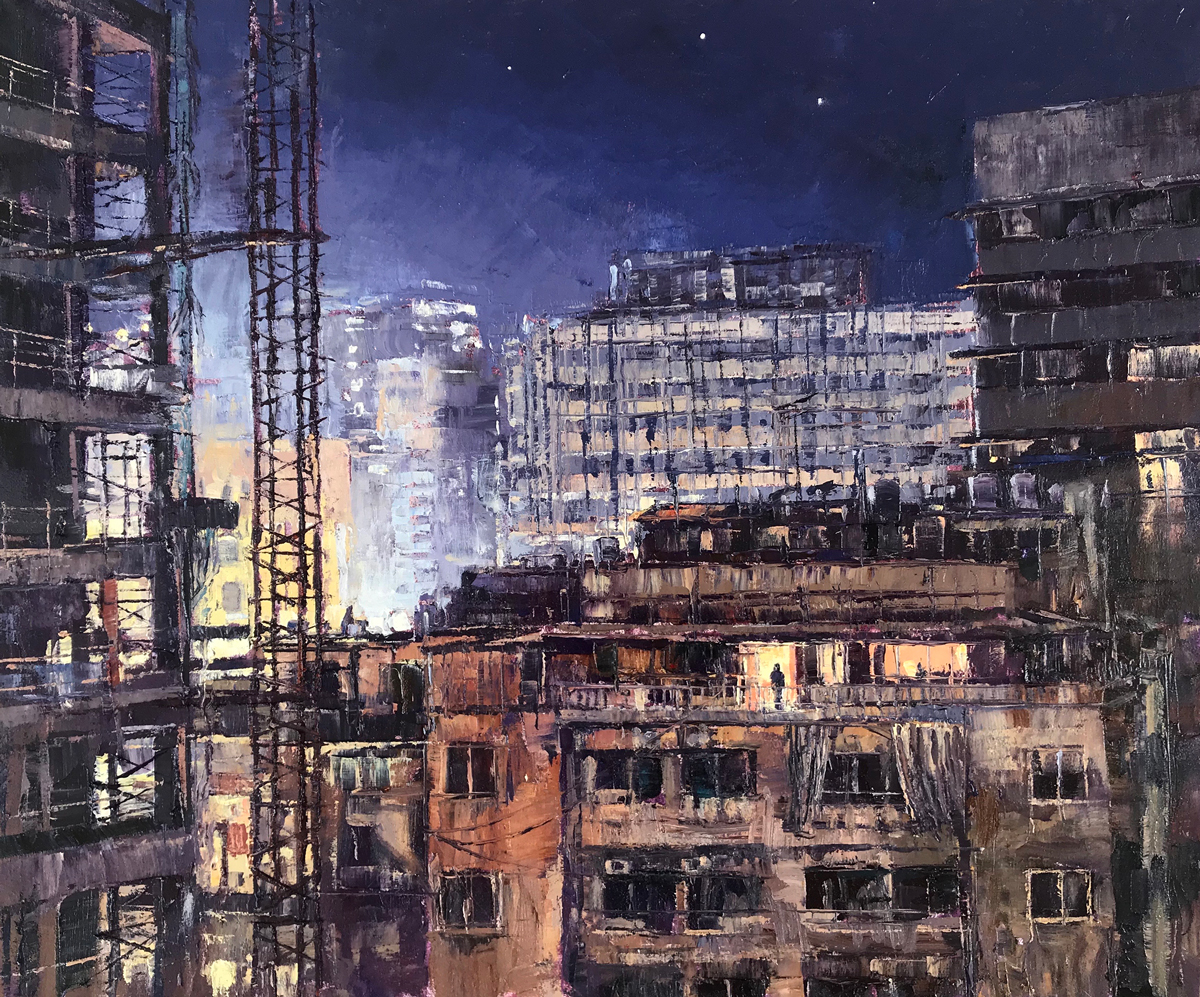
Angels
